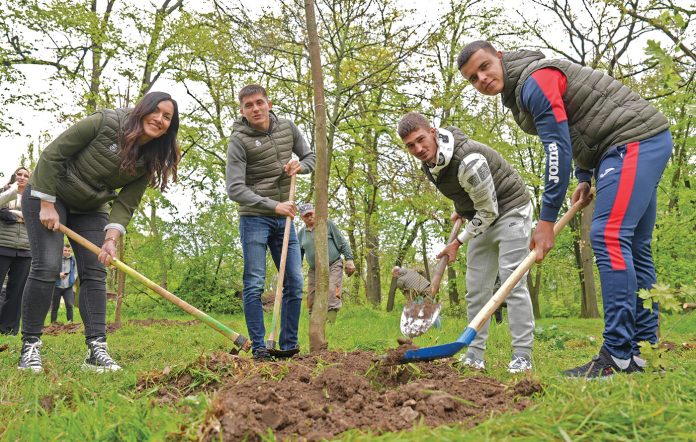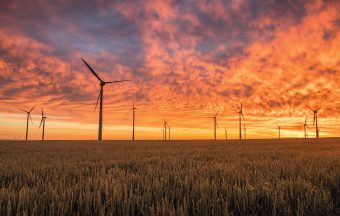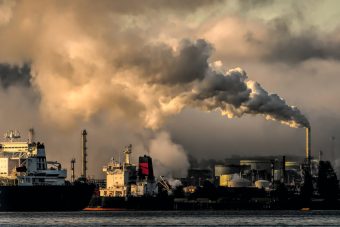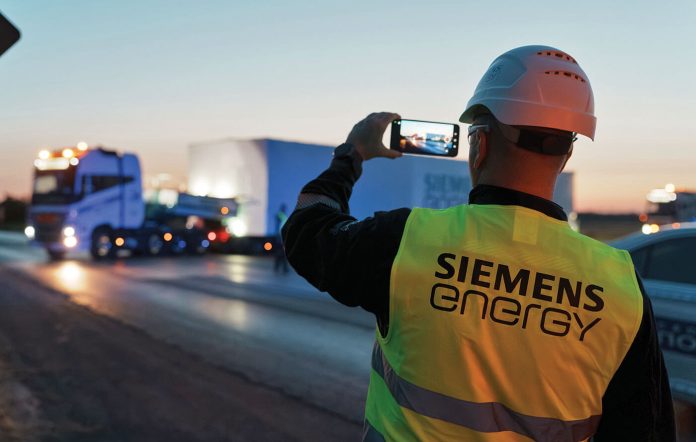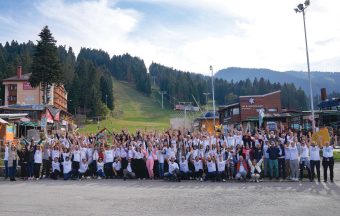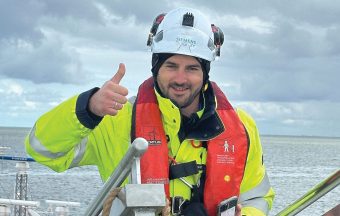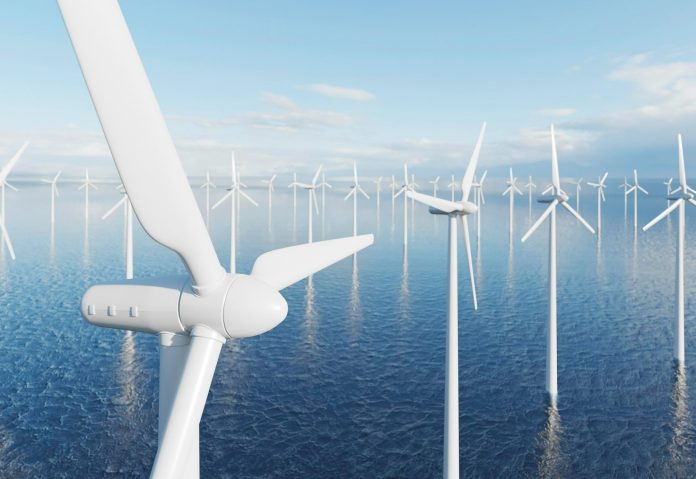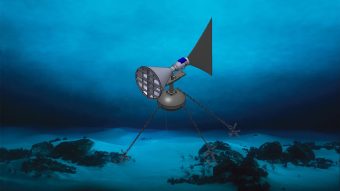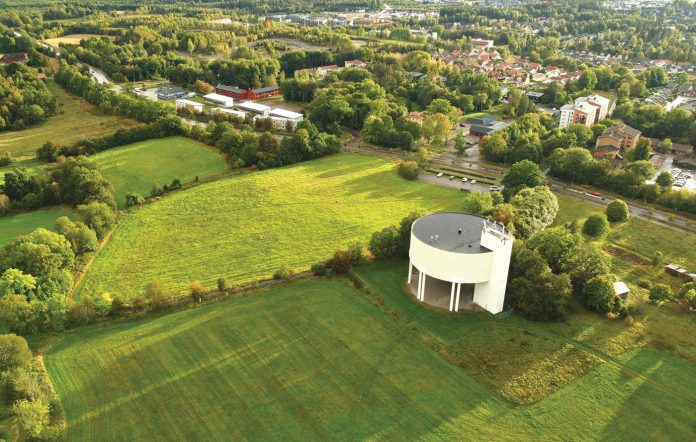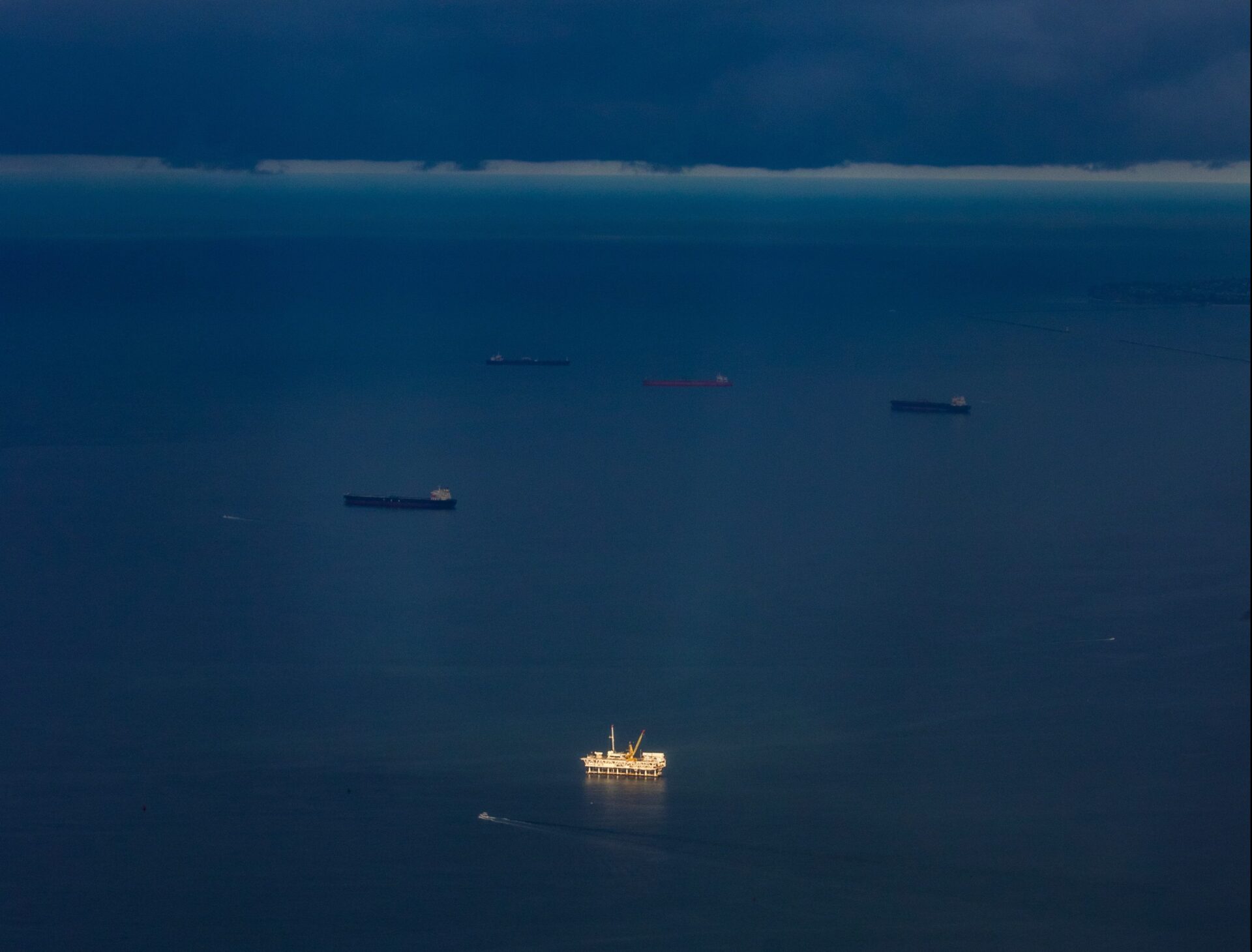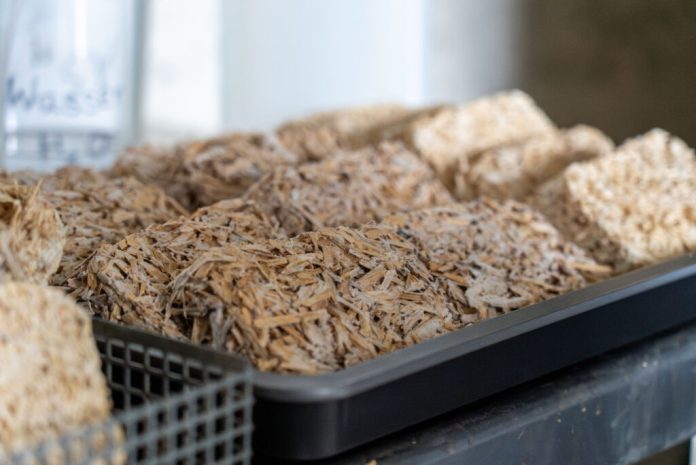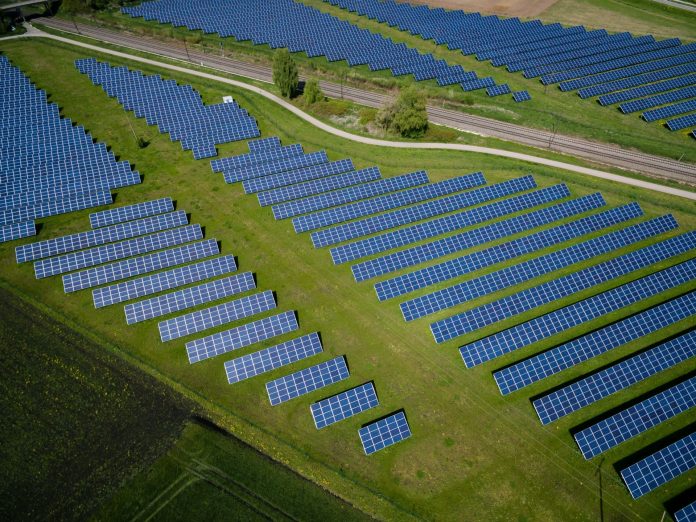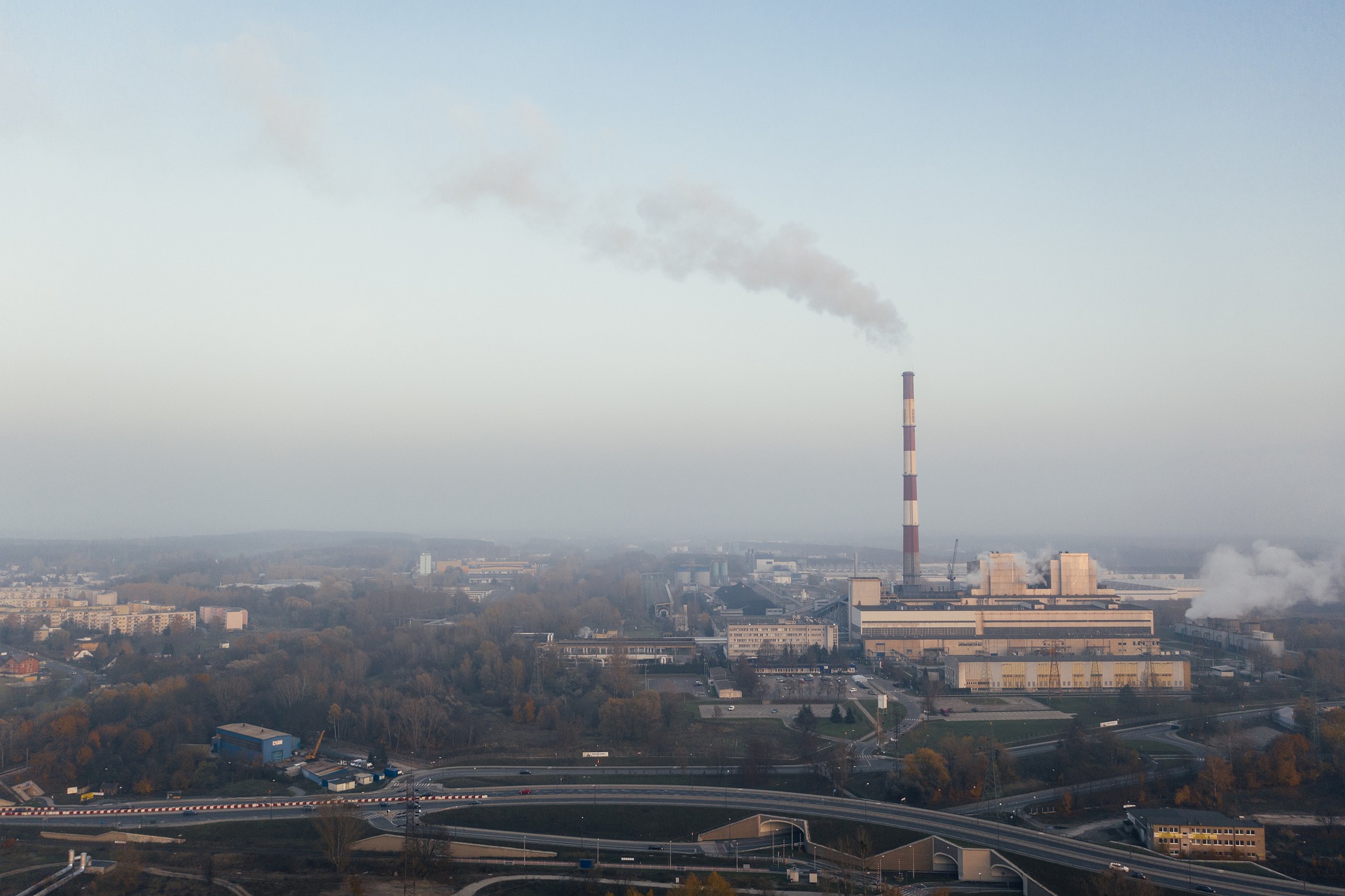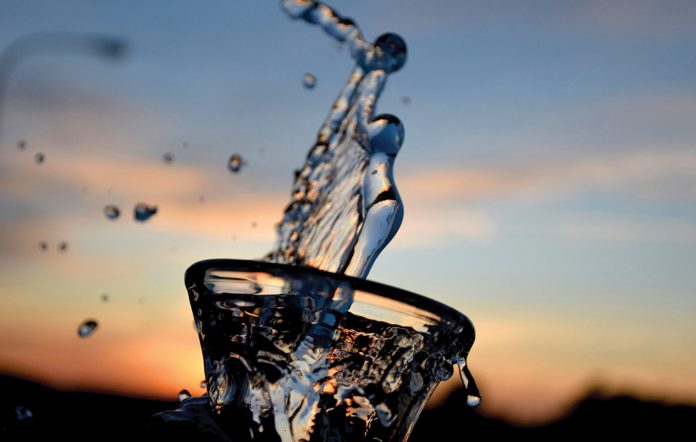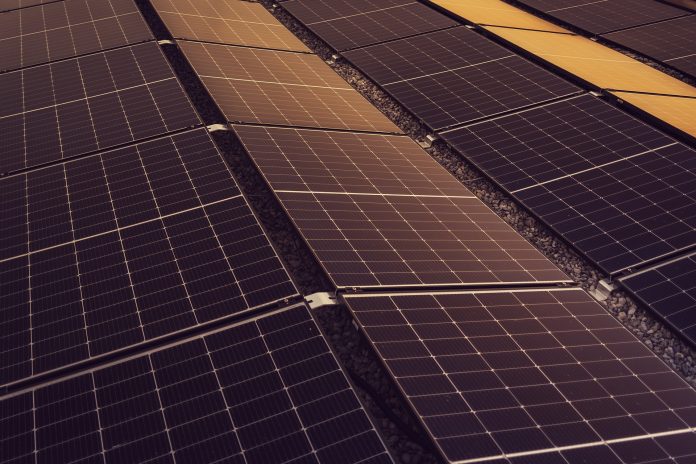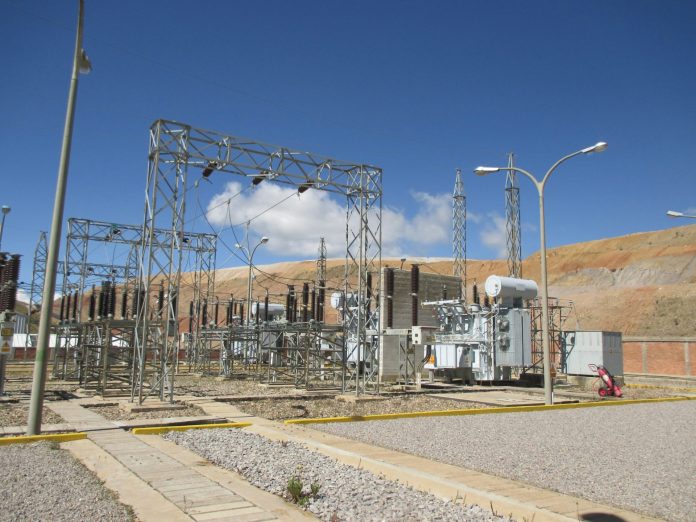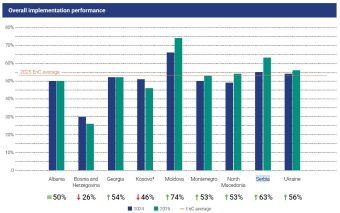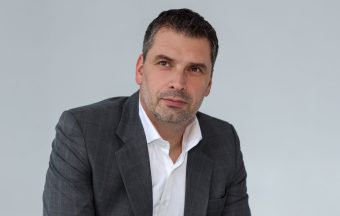
At a time when ESG standards are increasingly evaluated by their real impact on the community rather than declarative promises, MaxBet approaches social responsibility as a long-term strategy rather than a season of campaigns. The company’s integration into Flutter International has further professionalized and expanded this framework, resulting in the systematic development of social capital through investments in healthcare, local community stability, environmental projects, and employee development.
“When I speak about social capital, I am referring to the decision to be present where support is truly needed—in hospitals, schools, forests, and on sports fields,” says Savo Bakmaz, General Manager of MaxBet. “Everything we do, from blood donation to developing our people, is part of the same commitment—to ensure that our business leaves a legacy greater than profit.”
This approach is embodied in the “Life Is Blood” initiative, which has grown from a local idea into one of the largest voluntary blood donation programs in the region. To date, 84 drives have been organized, 11,106 units of blood have been collected, and support has been provided in saving more than 33,000 lives. In 2025, the campaign expanded into new communities.
MaxBet’s dedication to health continues through support for organizations working with the most vulnerable groups, as well as through internal initiatives such as the annual MaxMovember campaign, focused on prevention, health awareness, and improving the quality of life for men. One of the central activities of this year’s campaign was the workshop “Men in Focus,” designed to open a conversation about topics often insufficiently discussed yet essential to everyday physical and mental well-being.
IN FOCUS:
- Celebrating Five Years of Siemens Energy Serbia: Shaping the Energy Future of the Region
- Double holder of the OPEC Fund’s Master of innovation title
- Växjö – The City That Chose to Defeat Climate Change
In October 2025, MaxBet also supported the 10th BELhospice humanitarian tennis tournament, “Game for Dignity,” contributing to the only licensed program of free palliative care and psychological support in Serbia. In the same spirit, participation in UNICEF’s Fair Play 3×3 basketball tournament—where 1,440,000 dinars were raised for improving mental health services for children and youth—demonstrates that sport can be one of the fastest channels through which social impact becomes visible. Responsible gaming is central to MaxBet’s business philosophy and is part of the global Play Well program, developed by Flutter International. It is a model that combines behavioral monitoring, early detection of risky changes, and self-control tools such as spending limits, timeouts, and self-exclusion – all aimed at ensuring a game that remains within the bounds of fun without compromising personal or family stability. In the gaming industry, this is one of the most important tests of a business model’s maturity.
MaxBet also strives to create social impact through projects that directly improve living conditions in the communities where it operates. In Zrenjanin, the company financed the renovation of the outdoor area of the Day Care Center for people with developmental disabilities, part of the “Most” Center, providing users with a more accessible and functional space for everyday activities. In Nikšić and Budva, specialized protective equipment was donated to local rescue and emergency services, ensuring that firefighters and first responders have better tools to handle fires and other urgent situations.
The environmental segment of the program is equally strong. To mark Earth Day, MaxBet employees took part in one of the company’s largest volunteer reforestation actions, during which, through cooperation with the public forestry enterprise Srbijašume, 6,000 seedlings were planted: black pine near Kraljevo, spruce on Mali Jastrebac, and pedunculate oak in the vicinity of Belgrade. Athletes from FC Partizan and FC Vojvodina joined the initiative, symbolically linking care for nature with care for the community.
Prepared by Milena Maglovski
The story was published in Energy portal Magazine RESPONSIBLE BUSINESS


